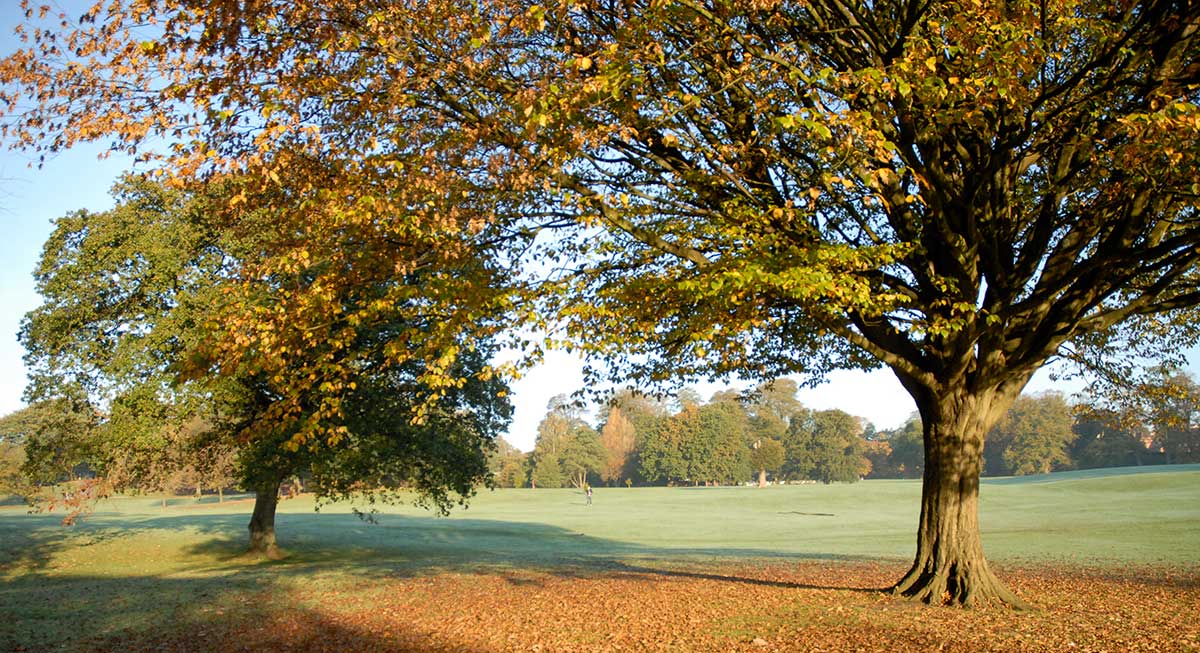Explore Nature And Wildlife In Swansea
Swansea is full of nature and wildlife where you can enjoy natural beauty, breathe in the fresh air, stretch your legs and entertain your children. Swansea is a perfect blend of the convenience of a city and the peace and tranquility of the countryside, thanks to its abundance of green spaces.
A variety of landscapes and habitats make up more than 80% of Swansea's total area, including moorland, coastal cliffs, sandy beaches, heathland, woodland, wetlands and river valleys. If you are visiting Swansea, you can surely check out some of the below-mentioned places to explore the nature and wildlife of Swansea.
Three Cliffs Bay Beach
In Swansea, the Three Cliffs Bay Beach is a scenic, sandy beach backed by three limestone cliffs. It's a magnificent shoreline of sand dunes, salt marshes, and rock pools. One of Gower's most photographed spots is Three Cliffs Beach, with its panoramic views from the cliffs and Pennard Pill stream running through the beach. The Three Cliffs Bay beach is a particularly photogenic part of the Wales Coast Path and a wonderful dog-friendly place to stay for a picnic and relaxation. The beach here is one of our most beautiful, but nature can also be quite wild. Watch out for strong tides and currents at all times, especially if you have children with you.
Penllergare Valley Woods
Penllergare Valley Woods (SA4 9GS) was originally part of the Dillwyn Llewellyn estate, which was home to people who were enthusiastic about nature and horticulture. A beautiful waterfall and two lakes are present in this area, as well as 250 acres of woodland and heathland. There are several types of habitats in the area, including ancient woodlands, wetlands, and freshwater bodies. There have been sightings of otters, a water vole and the European Eel in the lakes. Kingfishers, dippers, willow warblers and bats have also been spotted. Bluebells and rhododendron grow alongside over thirty kinds of fungus and traditional trees like oak, hazel and willow.
Lliw Valley
Its unspoiled landscape and reservoir make the Lliw Valley (SA5 7NP) a popular spot north of Swansea. It consists of a lower and upper reservoir and is an Important Site for Nature Conservation, supporting a variety of difficult-to-find fauna and habitats, including bracken and acid grassland. The region's reservoirs are home to many species of fish, including trout. Bird watchers can spot peregrine, ravens, kestrels, curlews, wheatears, meadow pipits and skylarks.
Mumbles Hill Local Nature Reserve
Mumbles Hill, with its 23 hectares, was announced a Local Nature Reserve (LNR) in 1991 to protect the site and its wildlife. There are many habitats on the hill, including maritime heath, limestone grassland, limestone scrub, and woodland, each supporting its own flora and fauna. There are more than 200 species of plants and fungi on the hill, as well as 40 species of birds and hundreds of species of butterflies, bees and bugs. Voles, foxes, and shrews are among the smaller mammals found here. Green woodpecker, skylark and jay are resident birds. On the other hand, migratory birds include house martins, swallows and garden warblers.
All these natural attractions make Swansea an attractive place to live and visit and contribute greatly to the area's economy and quality of life.
There are several excellent holiday homes and sea view cottages in and around Swansea if you are planning to visit the area. Croft Acre Holiday Cottages are luxurious holiday cottages with varying options, from family cottages to couple-friendly ones. It also has a wide selection of cottages that are pet-friendly and child-friendly.
Reach out to us to know more about late availability options.



